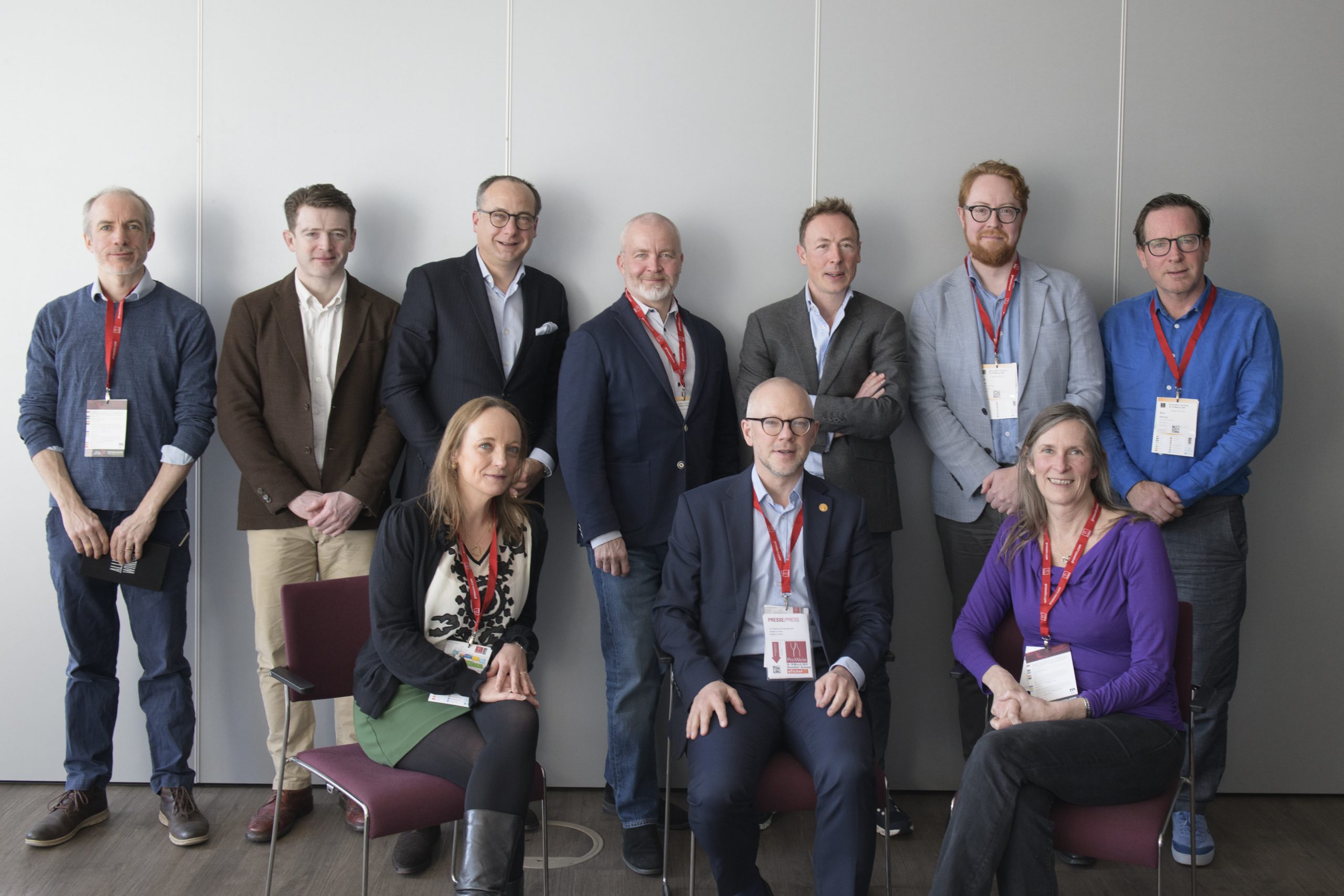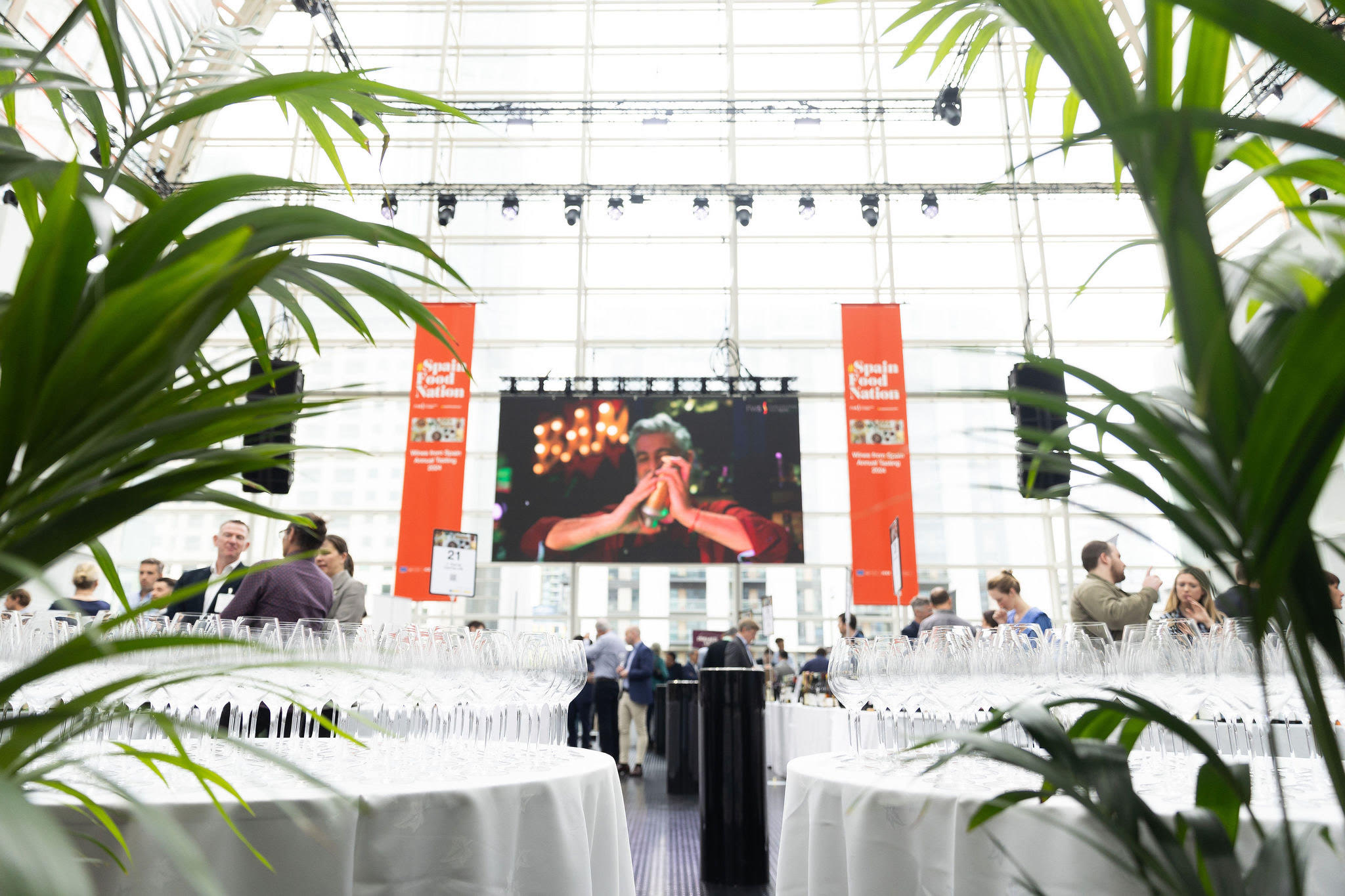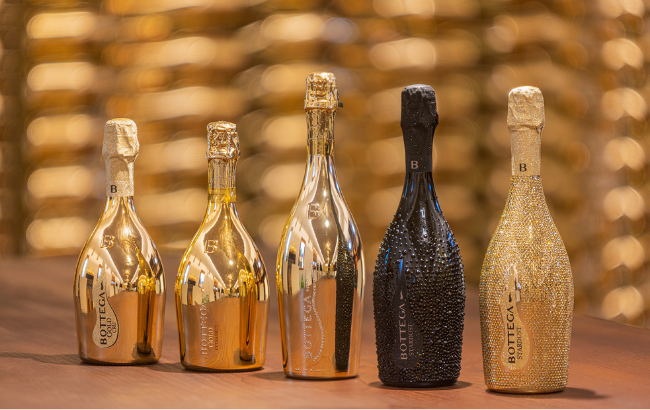‘EU Single Market for wine at risk’ from labelling confusion
By James EvisonNew rules on wine labelling will enable consumers to “make more informed choices”, the EU has said, but the wine trade has voiced concerns.

The new rules will apply to all wines and wine products obtained from the harvest in 2024, while all wines produced before today (8 December) will still be exempted from the new rules.
Operators have been given the choice to indicate the list of ingredients and the nutrition declaration either on the physical label of the wine or through a dedicated electronic means, such as a QR code.
Single market
But the European Committee of Wine Companies (Comité Vins – CEEV) which said it had been “extremely supportive” of the new legislation added that it “regrets the last-minute uncertainty and concerns” which have been generated by different interpretations of the new rules.
Mauricio González Gordon, president of CEEV, said that the labelling was “tainted with uncertainty on how to label our wines to comply with the new requirement related to the identification of the electronic means, and what to do with the millions of labels already printed.”
He said:“The uncertainty is particularly acute for sparkling wines, which, because of their method of production, will be almost immediately concerned by the new legislation.”
A large majority of wine operators decided to identify the QR codes with the ISO 2760 symbol — a black and white circular sign with a letter “i” — and changed their artwork and printed “hundreds of millions of labels”.
But at the same time, wine producers claimed they were facing “different and contradictory interpretations” on the labelling from the European Commission, member states and the European Parliament, and “legal advice commissioned by wine economic operators also raises legitimate questions”.
Partner Content
It concluded: “These diverse and contradictory interpretations create confusion and uncertainty for wine operators and puts the EU Single Market for wine at risk.”
Ignacio Sánchez Recarte, secretary general of CEEV, added: “In this uncertain context, we request the European Commission, member states and the European Parliament to work together to agree on a shared and harmonised interpretation on the identification of the QR-code.
“While this work is in progress, we request the suspension of the interpretation in the Commission guidelines of how the QR-code needs to be identified on the label, and that labels with a QR code can be used without being challenged by control authorities.” he added.
EU new rules
The comments come as allergenic substances will continue to be presented on the physical label as it will be the case now for the energy value.
The information provided online should be “clearly visible and accessible to consumers as the information provided on a physical label”, the EU said.
The word ‘ingredients’ should be easily identified by consumers in the label and “not confused with other electronic means containing marketing messages”, it added.
According to the EU, the new labelling with cover the existing gap between wine and other food products after the former was exempted from the obligation to provide the information on the list of ingredients and the nutrition declaration.
In the new wine labels, consumers will be able to find at least the following information on all wines sold in the EU:
- the designation of the category of grapevine product
- the term ‘protected designation of origin’ (PDO) or ‘protected geographical indication’ (PGI), and its name, for wines registered as geographical indications
- the actual alcoholic strength by volume
- the indication of provenance
- the name of the bottler or the name of the producer or vendor
- the net content
- the sugar content in case of sparkling wine categories
- the nutrition declaration
- the list of ingredients
- the substances causing allergies or intolerances
- the minimum date of durability for grapevine products which have undergone a de-alcoholisation treatment.
Related news
Trump’s tariffs fail to curb US taste for Europe’s hidden drink gems
Strikes at Finnish breweries to ‘impact’ trade
Find out the best European holiday destinations for a cheap pint




